Palacio de Carondelet
Ecuador’s historic seat of government has been quietly looted in recent decades, and no one knows how or by whom.
The Palacio de Carondelet serves as the seat of government and official residence of the President of Ecuador. It’s a historic building, but many of the items inside are not original. Over the last few decades, the Palace has suffered from a consistent pattern of low-key looting, with the culprits yet unknown.
The Palacio de Carondelet, also known as the Palacio Presidencial (Presidential Palace), is a reflection of the various administrations that have governed Ecuador, in part or in total, over the centuries.
The original building on Quito’s Independence Square (a.k.a Plaza Grande) dates back to the 1740s and the Royal Audience of Quito, the colonial seat of power of the Spanish Crown in Ecuador. It was a rather ramshackle affair at first, pieced together from various buildings bought by the crown.
Then, in 1799, Baron Francisco Luis Héctor de Carondelet was appointed as the new President of the Audience, a position he held until his death in 1807. Carondelet set about renovating various important buildings in the city center, including the Cathedral and the Palace. He hired the Spanish architect Antonio Garcia to restore and refurbish the Palace, and in 1803 it was officially completed: a renovated, unified Palace more befitting of its position as the seat of Spanish colonial power in the region.
The days of the Royal Audience of Quito, however, were numbered. The Ecuadorian War of Independence began in 1820 and ended on May 24, 1822, when Spanish forces were defeated at the Battle of Pichincha.
After the battle, Ecuador joined the Republic of Gran Colombia, which included modern-day Colombia, Venezuela and Panama. For a short while, the Palace served as the headquarters of the South Department of Gran Colombia, and on occasion hosted the great liberator Simón Bolívar. Bolivar was so impressed with the building that he officially renamed it after the man behind its restoration, and ever since it has been known as the Palacio de Carondelet.
Ecuador separated from Gran Colombia in 1830, at which point the Palacio de Carondelet became the seat of government for the new Republic of Ecuador. Since then, the building has served as the workplace for every President of Ecuador, including interim presidents and the occasional dictator. The presidential residence is housed on the third floor, although presidents may choose whether to live in the luxurious colonial-style apartment or elsewhere.
A handful of presidents have renovated the Palacio de Carondelet over the years, but despite that it has remained largely the same, architecturally speaking, since 1803. The furnishings, however, have had a tendency to disappear.
When Rafael Correa became president in 2007, he opened up the Palacio de Carondelet as a public museum, to allow the public to see the interior and its decorations, as well as the various gifts presented to presidents over the years.
To facilitate this work, President Correa brought in María del Carmen Molestina, an architect, researcher and former director of the Museum of the Central Bank of Ecuador. She cataloged the Palace’s antique furniture and other historic objects, as well as the numerous presidential gifts, and decided where best to exhibit all these artifacts.
During this process, she also discovered that the Palacio de Carondelet had been consistently looted during the past few decades. According to her investigations, everything seemed to be in its correct place until the end of the presidency of León Febres Cordero in 1988, and potentially until the end of the presidency of Rodrigo Borja in 1992.
And then, well, things just started to disappear. Molestina discovered that the looting was so extensive that most of the furniture and other objects on display in the Palace today are new, or at least recently aquired. She even found that the bronze fittings on furniture dating back to the presidency of Garcia Moreno in the 1860s had been replaced by copies made of gold-sprayed lead. So far, no one has been accused of the looting.
Know Before You Go
The Palacio de Carondelet is located on the northwestern side of Independence Square, also known as Plaza Grande. Guided tours of the museum are free and last for about 45 minutes. You must reserve your tour at least a day in advance. Reservations can be made at the information stand in the square, by calling 3827000 (extensions 7150 and 7103) or by emailing ucultural@presidencia.gob.ec. Every visitor must show some kind of identification on the day of their tour.

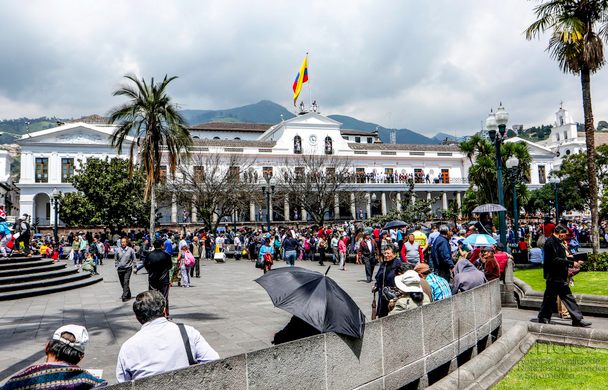
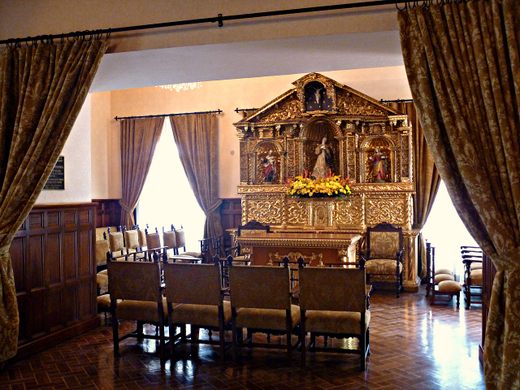
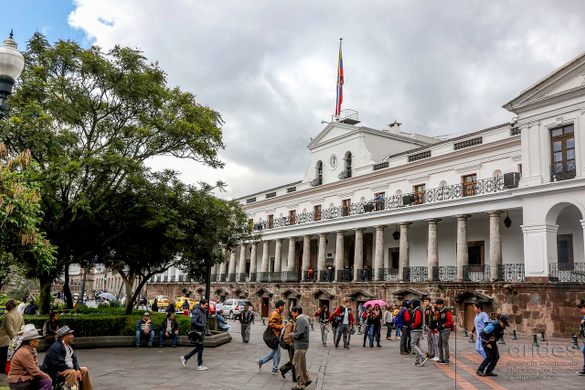
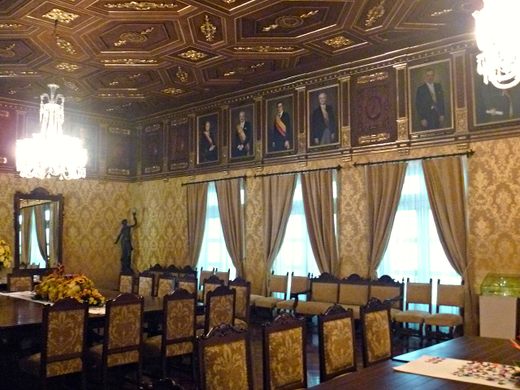
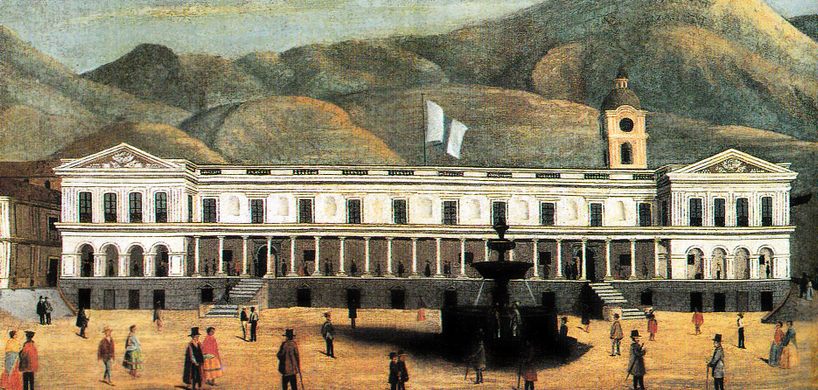
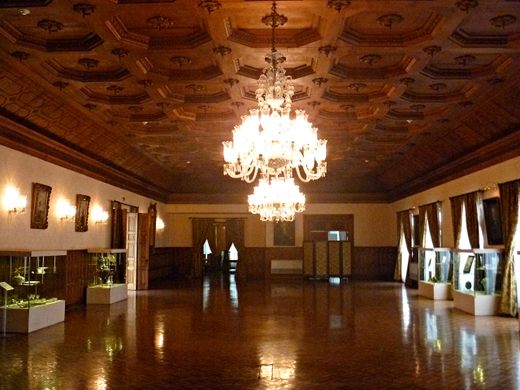
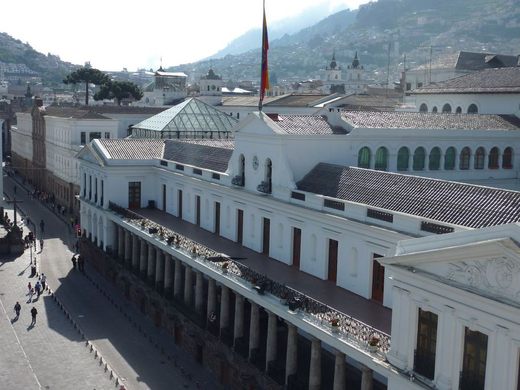
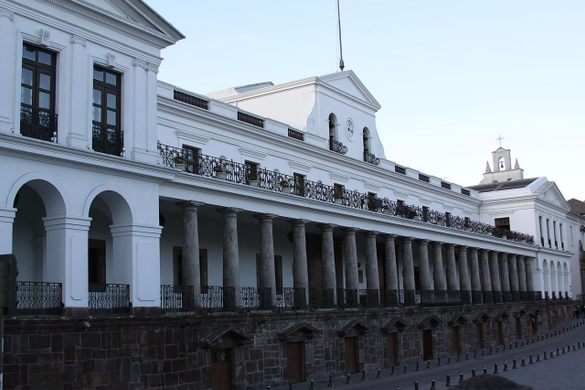



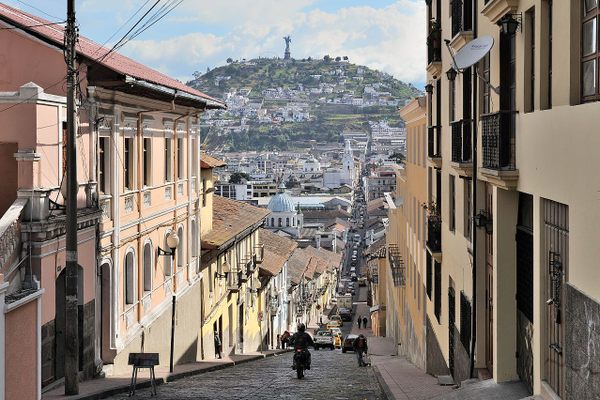

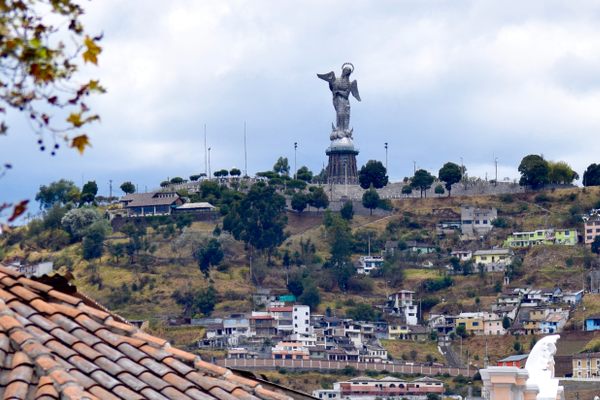


Follow us on Twitter to get the latest on the world's hidden wonders.
Like us on Facebook to get the latest on the world's hidden wonders.
Follow us on Twitter Like us on Facebook